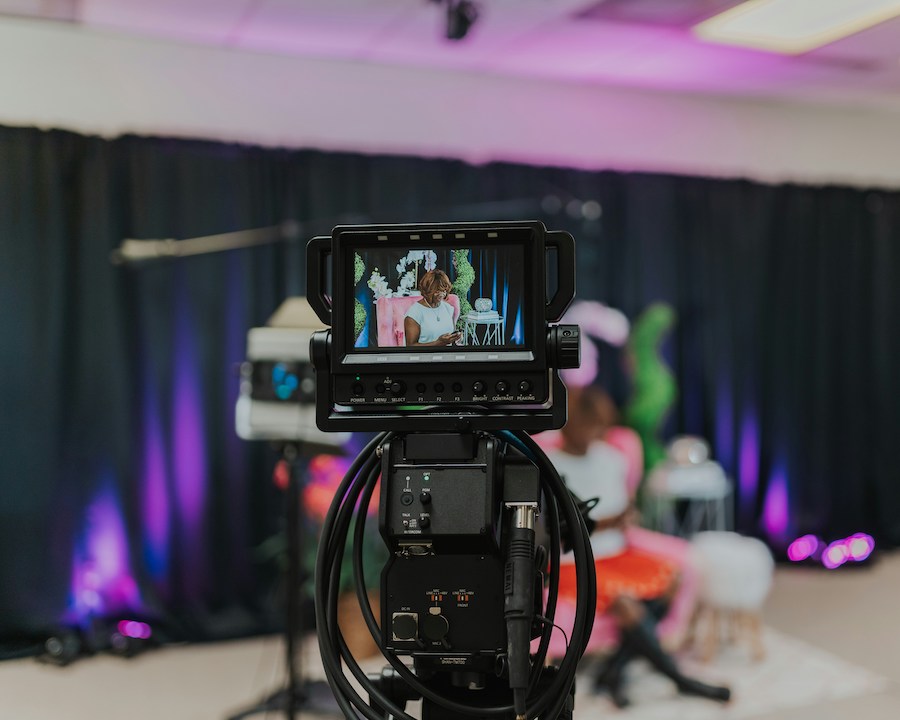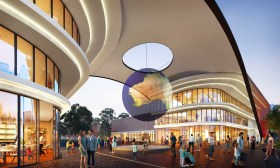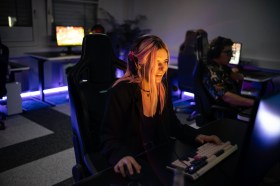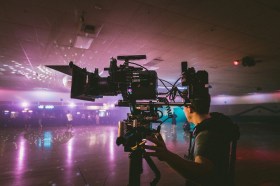Here’s the big problem for the industry: Audiences for ‘television’ are splintering and declining, while costs of production are going up, way up. Launched this week in Melbourne, the Freestyle Television Manifesto proposes a set of radical solutions to the problem, drawn from the resourceful world of indie filmmaking.
Co-authored by Australian TV executive Julie Eckersley and producer/media and finance scholar Dr. Austin Hayden, Freestyle TV is a free downloadable 49-page document; a radical blueprint for shooting quality Australian television for under $1.4 million AUD per hour – nearly half the current industry standard.
Freestyle Television: a manifesto for creating high-quality low cost television for the digital age
Billed as a practical roadmap and transformative resource covering every phase of production from development to marketing, the document is ‘a call to action for creating world-class content with a fresh indie spirit and an audience-first approach’.
Key to the vision are two new roles for each Australian television production: a Community Manager who is focused on building an engaged audience from early in development; and an updated version of the Sales Agent, who is dedicated to maximising long-tail rights, distribution opportunities, and financial return for producers and investors.
The document comes at a time when Australia’s screen sector is fighting for survival amid escalating production costs, generative AI, and shifting viewing habits. Eckersley and Hayden propose that their model can be ‘part of the solution to protect and elevate Australian storytelling’.
‘Australian television is at a critical point,’ says Julie Eckersley, former Head of Scripted at SBS. ‘Audience fragmentation, ongoing quota battles, and fierce global competition mean we need to think differently. Freestyle Television encourages production of great ideas that won’t allow for a more traditional approach.’
Dr Austin Hayden, co-author and producer/media and finance scholar, says: ‘Our industry needs to be more agile and future-focused. With Freestyle Television, we are embracing a dynamic model that empowers Australian creatives to take ownership of their work.’
ScreenHub: Australian stories silenced as govt ponders local content quotas for streaming giants
Director and producer Luke Eve is one of the project’s industry ambassadors. On the website he says: ‘The risk averse nature of TV and the growing cost of production creates barriers of entry for new voices. It’s obvious that this needs to change to allow for greater creativity and more diverse storytelling.
‘Why can’t television adopt an approach similar to independent filmmaking? Why can’t TV be more flexible? This needs to happen so that new voices can be heard and new opportunities can exist for emerging filmmakers and storytellers.’
Nobody’s saying there isn’t a place for expensive ‘prestige’ drama, but the slots for this are declining, and as writer Evan Shapiro says in the document, ‘selling a show to Netflix will become less & less profitable as the decade progresses. I assure you.’
The authors argue that for the Australian screen industry to be sustainable and diverse, we need alternative models that support producers to speculate, experiment and try new ideas at a lower budget level.
The Freestyle Television document is rich in ideas and well worth digging into, but at its heart is the idea of getting creative: spending more time in development and post instead of shooting; focusing hard on audience-building; and being smart with AI and IP.
It suggests ideas for alternative financing models, and works to blast open that self-limiting idea of simply trying to please and attract the attention of existing broadcasters and gatekeepers. The writers are also keen to emphasise that shooting low budget is not about exploiting crew, but about consulting more deeply to get the best results.
Freestyle Television: 21 guiding principles
- Start with the audience
- Development is everything
- Focus on character-driven stories
- Have a strong artistic vision
- Use clear and engaging visual language
- Keep your budget under $1.4 million AUD per hour
- Limit cast
- Prepare, prepare, prepare
- Use multitalented crew
- Minimise retakes
- Film in blocks
- Shoot low impact and limit locations
- No shooting overtime
- Rely on practical effects over CGI
- Shoot with a single camera
- Use natural light as much as possible
- Ultilise latest technological innovations (don’t use AI for story and script, but use for post production and audience testing)
- Think audience first, until the end and beyond
- Spend extra time in post
- Hold back as many rights as you can
- Maximise the long tail with multiple platforms and sources of income
For more information, Download the Manifesto Here.





